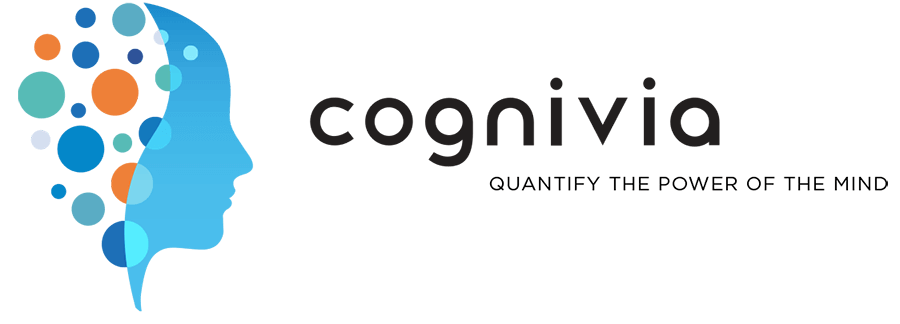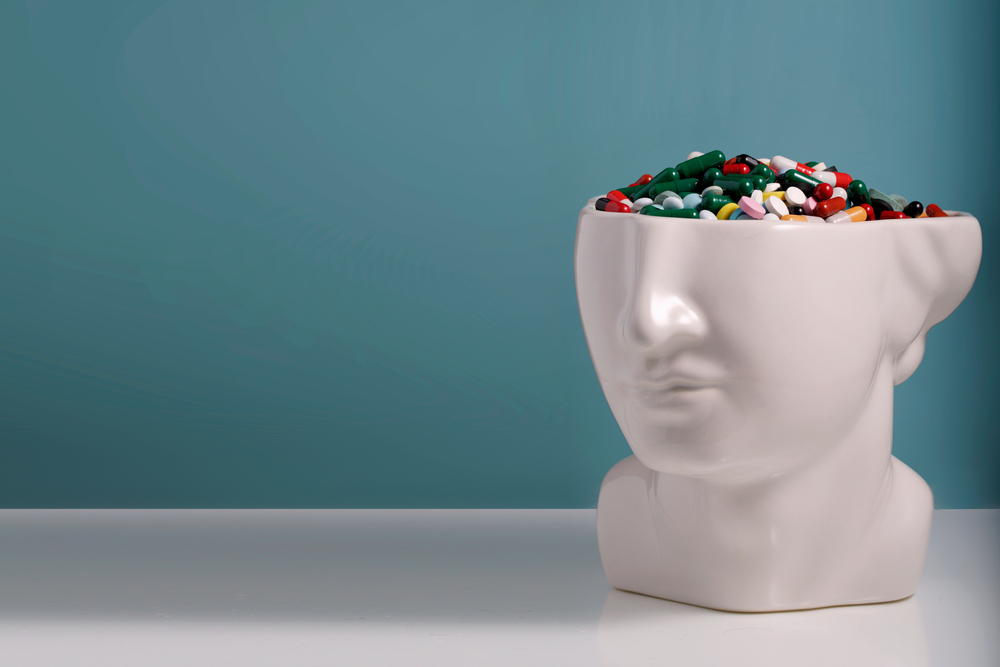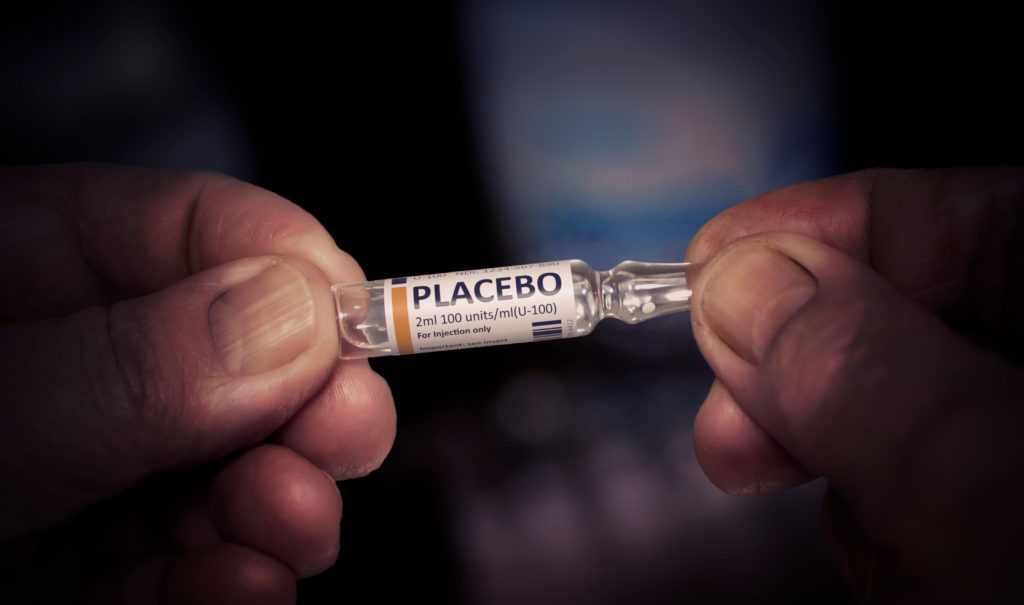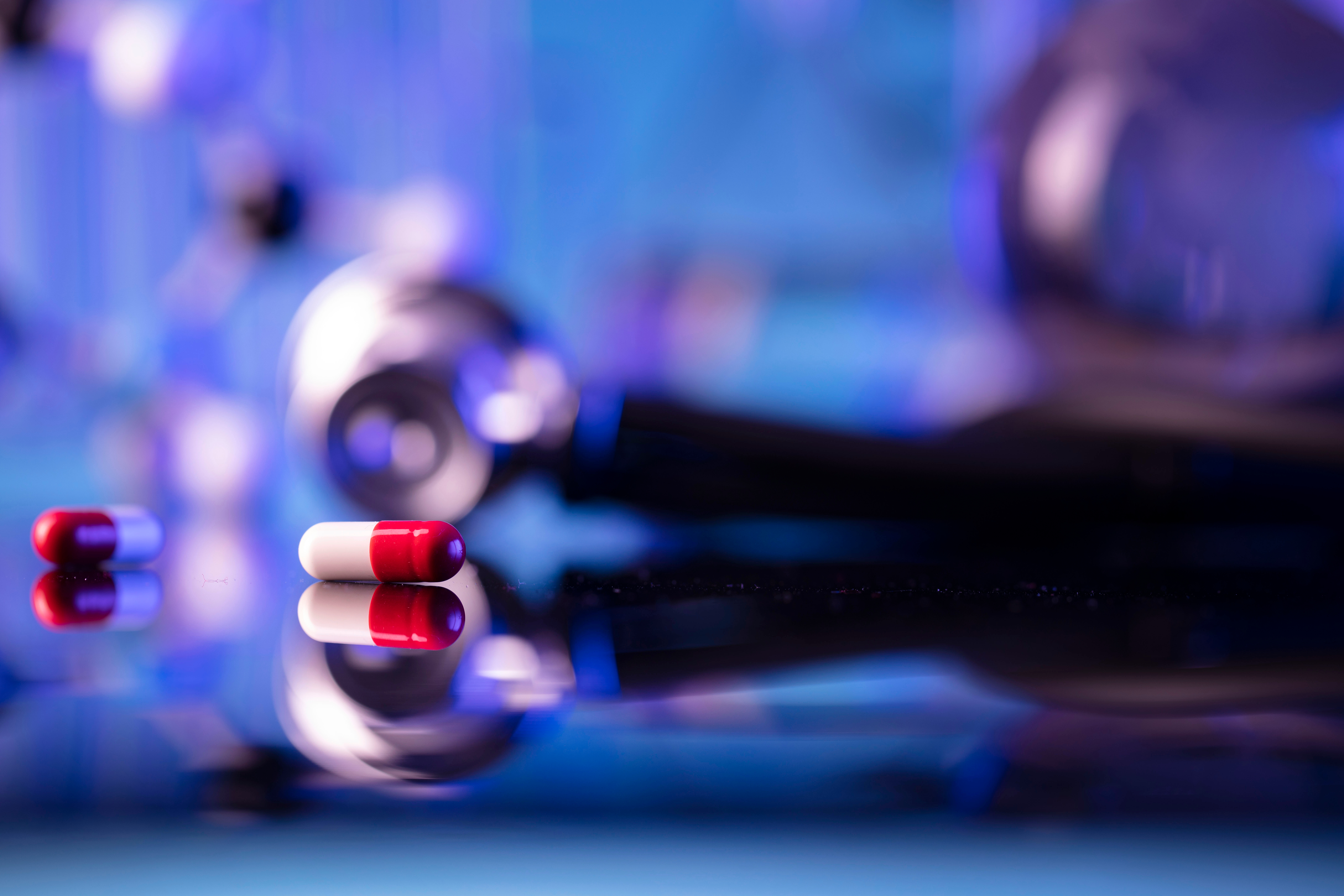When scientists design a clinical trial, they can’t ignore the impact of the placebo response: a heavily studied and historically challenging phenomenon that leads to phase II and III trial failures. In this blog, we explore where placebo response comes from—and how trials can use this information to address it.
Placebo response in clinical trials is the measured improvement of a patient after receiving a sham treatment, resulting from a combination of several different factors that may mimic drug response. Before we cover what those factors are, let’s take a look at why this is problem in the first place.
The Placebo Response in Clinical Trials
Placebo response has become a major source of noise in trial data analysis, muddying the results and making it more difficult to detect true treatment effect. Responding to a placebo is not necessarily proof that a treatment doesn’t work—it just means you can’t distinguish drug efficacy. Because of this inability to see past the noise in the data, many drug development programs for otherwise effective drugs fail.
The next layer to the placebo response challenge is that every patient has a placebo response that is unique to them based on their own individual characteristics. It’s an individual phenomenon, but it’s historically managed as a phenomenon of the placebo group. This means certain strategies to mitigate placebo responsefall short, because they fail to take into account the individuality of placebo response.
To understand how to better tackle placebo response in clinical trials, we should first understand where it actually comes from.
6 Influences of Placebo Response in Clinical Trials
#1. Patient Psychology
As mentioned, placebo responsiveness for individual patients is based on their own innate characteristics—their psychology.
This is where the true placebo effect comes in: A biopsychological phenomenon that is triggered in many patients as a product of their response to a “treatment.” The placebo effect—one component of placebo response—produces real and beneficial effects in the brain, causing a change in symptoms.
#2. Expectations
A patient’s expectations are another major influence of this effect and overall placebo responsiveness. In fact, a patient’s belief that they will get better can actually drive symptom improvement.
For example, in a Parkinson’s disease study, significant placebo-induced dopamine release occurred when the declared probability of receiving active medication was 75 percent.
There’s also conditioning, which can influence expectations and create placebo response.
For example, if a patient is used to taking medication to feel better, the very act of physically taking a pill may elicit a positive response, even if there is no active ingredient.
#3. Baseline Disease Intensity
Higher baseline disease intensity scores seem to relate to higher placebo response.
This phenomenon is not yet fully understood but prevalent in indications including depression and pain. The idea is that a patient with more severe symptoms at the beginning of a trial may see a sharper decline in symptom intensity (or greater improvement) by the end of the study compared to those who start at a lower intensity. This is considered placebo response because it shows a seemingly higher response to treatment, whether or not it’s due to the drug treatment itself.
#4. Study Design Factors
Various study design factors also contribute to placebo response in clinical trials. These include the number of groups in a study, trial complexity and the duration of treatment.
In general, the design of a study creates expectations and bias that can cause placebo response. For example, the number of treatment groups relates to the likelihood of receiving a placebo. If there are only two treatment arms, there’s a 50/50 chance your group is receiving a placebo. If there are three or four arms, a patient may feel more confident that they’re receiving a treatment and experience a higher placebo response because of that elevated expectation.
#5. Mode of Drug Administration
More invasive modes of drug administration can actually create higher placebo response levels.
Local delivery of treatment (for example, intra-articular injection of osteoarthritis drugs) is more invasive than oral administration (simply taking a pill). This invasiveness makes some patients expect that the treatment is more effective.
#6. Transference from Trial Physician
A patient’s likelihood of exhibiting a placebo response relates to not only their individual psychology and biology but also social interactions and subtle contextual cues. In fact, the placebo response is considered “contagious” between trial investigators and patients. Physician empathy, staff beliefs or knowledge and clinical site surroundings all play a role in impacting the way a patient responds to treatment.
How to Mitigate Placebo Response
When you know where placebo response comes from, and how it can impact clinical trial subjects, you are more equipped to effectively mitigate it.
Here, we have discussed that placebo response is a result of innate patient characteristics and their individual responses to other factors like study design, social interactions and contextual cues. With this information at hand, we know to optimize study designs, train site staff and address other factors to reduce the likelihood of placebo response. As for the individual patient characteristics—psychology, expectations and baseline severity of the disease—what can be done?
The placebo response is, in practice, a statistical analysis problem. The good news is that statisticians have been able to mathematically account for sources of variance and bias like this for years. Just like statisticians can account for individual age differences in patients, they can also account for individual placebo responsiveness.
To do this, you need to understand individual patient psychology by using an appropriate tool (e.g. the multi-dimensional psychological questionnaire, or MPsQ). Then, combine those results with a trained predictive machine learning algorithm to calculate a relative placebo responsiveness score for each patient at the beginning of the trial. Finally, you can use this score as a covariate in the statistical analysis.
The result is an enhanced ability to see what’s actually happening with the active treatment, so you can make better decisions and get drugs to market faster.
Placebell©™ is a proven solution that helps clinical trials predict placebo response based on patient psychology through our validated questionnaire and time-tested, proprietary algorithm. Get in touch today.





